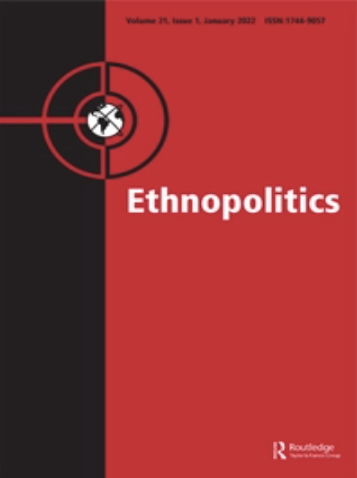Article, Refereed Journal
Ethnopolitics (formerly Global Review of Ethnopolitics)

William Zartman's "ripeness" theory says that parties to a violent conflict will not negotiate sincerely in the absence of a mutually hurting stalemate (MHS). In such circumstances, Zartman recommends a mediator employ coercion by escalating the conflict into a MHS, but the concept is not fully elaborated. Building on Zartman, this article specifies a new theory of "muscular mediation," defined as a powerful mediator using coercion to achieve a mutual compromise that it formulates. The theory is evaluated in three cases from the 1990s: Bosnia, Rwanda, and Kosovo. The article finds that muscular mediation can work but also may backfire by magnifying violence against civilians, especially when all of three adverse conditions are present: (1) the coerced agreement threatens a vital interest of a party; (2) that party has the potential to escalate violence against the opposing side's civilians; (3) the muscular mediator does not deploy sufficient military forces to deter or prevent such escalation. The article also explores why muscular mediation has been pursued under such adverse conditions. It concludes with advice for prospective muscular mediators.
"Ripeness" is not merely a prominent academic theory but also a concept used by diplomats to determine if and when to attempt to end violent conflict. The theory's most frequently cited aspect, among both scholars and practitioners, is the "mutually hurting stalemate" (MHS). According to Zartman, it is impossible to negotiate peace until the opposing sides are not only suffering but realize they have no hope of victory via military escalation. In the absence of a MHS, Zartman recommends that mediators engage in various forms of "manipulation" to create a MHS to facilitate negotiations. His most controversial prescription is for mediators to employ coercion by escalating violence into a MHS, although the concept is not fully elaborated.
This article builds on Zartman by formulating a new theory of "muscular mediation." In ideal form, muscular mediation is conducted by a state with sufficient coercive power not only to compel the two opposing sides but also to deter any obstructionist third parties, and comprises three successive steps: (1) drafting a peace agreement entailing mutual compromise; (2) coercing the stronger side by weakening it relatively until it accepts the deal; (3) coercing the other side by threatening to abandon it, so it accepts the deal in lieu of pursuing victory. This diplomatic strategy initially came to prominence after the Cold War, employed especially by the United States, which at the time was the sole remaining superpower, so the article evaluates it in three cases from the 1990s: Bosnia, Rwanda, and Kosovo.
The article finds that muscular mediation can work but also may backfire by magnifying violence against civilians, especially when all of three adverse conditions are present: (1) the coerced agreement threatens a vital interest of a party; (2) that party has the potential to escalate violence against the opposing side's civilians; (3) the muscular mediator does not deploy sufficient military forces to deter or prevent such escalation. The article also explores why muscular mediation has been pursued under such adverse conditions. It concludes with advice for prospective muscular mediators.

